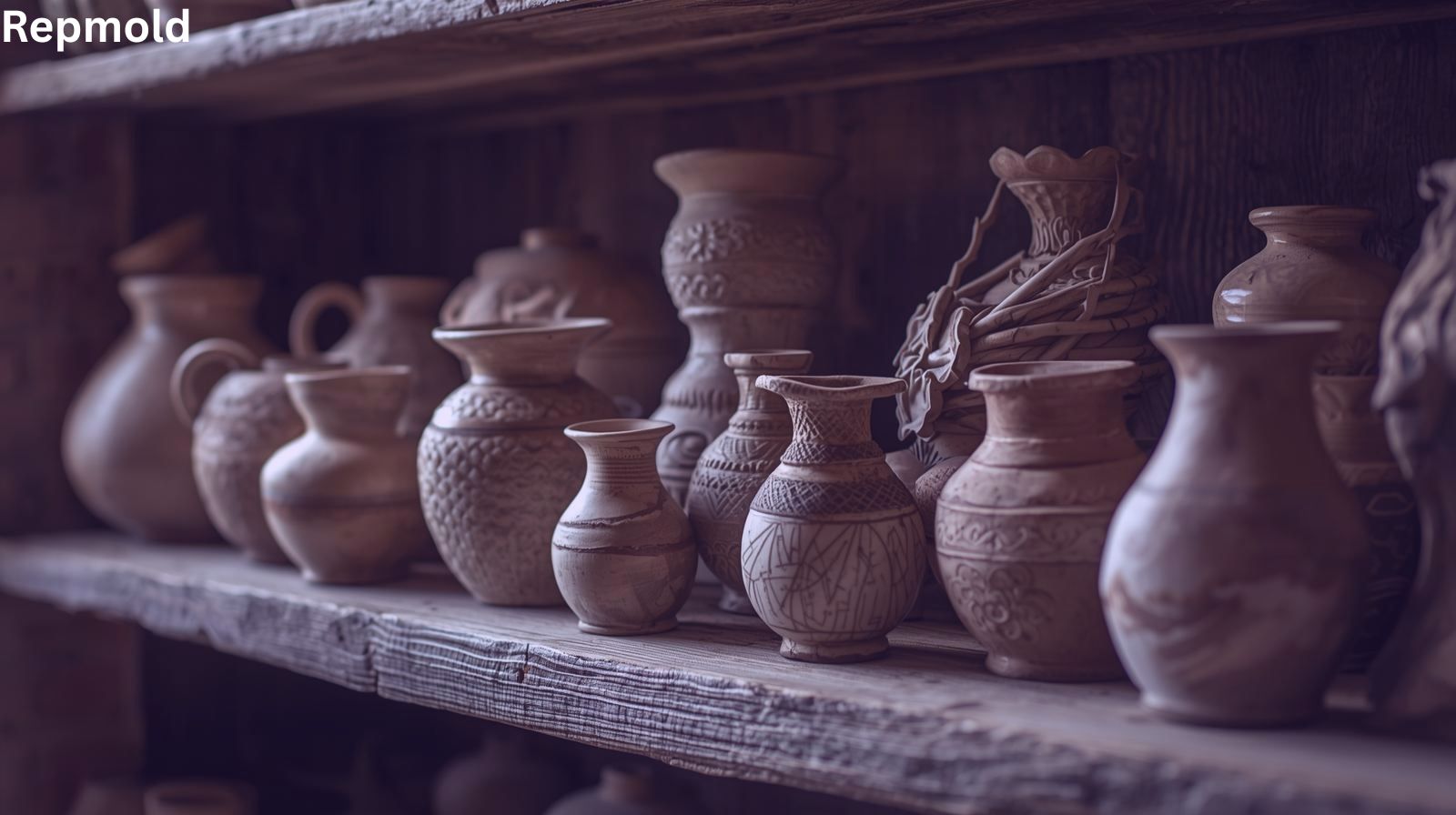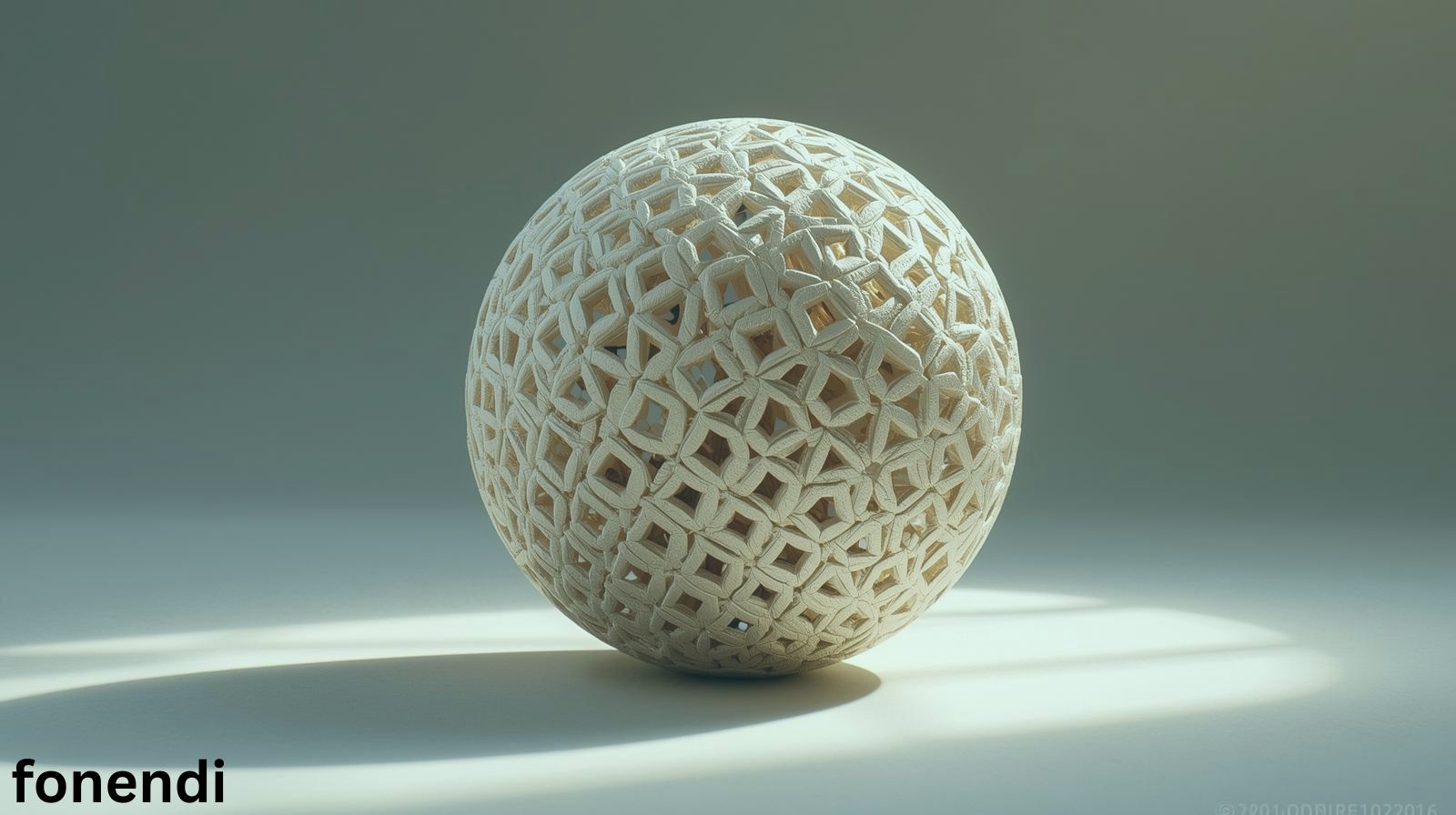Repmold is a practical approach to repairing replicating and reusing molds that speeds prototyping and short run production. In 2025 Repmold blends digital scanning additive manufacturing and traditional machining to restore worn molds or make precise copies for testing and low volume runs.
Manufacturers use Repmold when they need fast iterations without the cost and lead time of permanent tooling.
This update explains how Repmold works where it helps most real examples and tested tips to implement it in your shop.
What Repmold means in 2025
Repmold describes workflows that restore molds or create precise replicas from digital or physical masters. The idea combines replication and molding using digital scans CAD corrections and either 3D printed inserts or machined components to reproduce cavities.
The 2025 version emphasizes speed and sustainability: shops prefer Repmold when they must avoid scrap shorten lead times or test designs before committing to steel tooling. This reduces waste and preserves intellectual property while enabling quick product validation.
How Repmold works core techniques

Repmold workflows begin with the accurate capture of the master part or worn mold. Typical steps are digital scanning CAD cleanup and creating a new mold cavity with either additive or subtractive methods.
Shops use 3D printing to make mold inserts or soft masters then cast or machine a durable mold around those inserts. Combining methods print a master then CNC the final mold lets teams balance speed and accuracy for the intended run length.
Digital scanning and CAD cleanup
High resolution scans capture wear patterns and key features so engineers can correct geometry before replication. This makes the replicated mold accurate and reduces trial cycles.
Materials and tools used with Repmold
Materials vary by application: engineering polymers metal composites and specialty resins are common for inserts; hardened steels remain the choice for long production runs. Choosing the right material balances part tolerances and expected cycle life.
Tooling includes desktop to industrial 3D printers CNC mills probe scanners and inspection equipment. Smart shops integrate sensors or software that track tool wear and predict when a repaired mold should be replaced rather than repaired.
Repmold vs traditional molding methods
Traditional moldmaking often relies on permanent steel tooling that takes weeks and costs heavily for small batches. Repmold provides a lower cost route for prototypes or limited production by avoiding full steel tooling and shortening cycle time.
However parts made from Repmold inserts can show different thermal behavior and wear faster on very high volumes. For large multi year production runs traditional steel molds still win on durability and per part cost.
Industry applications of Repmold

Automotive suppliers use Repmold for fit testing and small run parts during development. Medical device firms adopt it for patient specific tooling or small clinical trial batches. Consumer product teams use Repmold to test color texture and fit quickly.
Because Repmold shortens iteration cycles. It is especially helpful when products need frequent updates or when designers must verify ergonomics and assembly before final tooling investment.
Economic benefits and cost considerations
Repmold reduces upfront tooling costs and shortens time to first article. For many small runs the total cost of a Repmold workflow is far lower than steel tooling and the payback can appear on the first product iteration. Industry forecasts for molding and related services show investment growth in quick turn methods in 2025.
Shops must account for the lifetime of Repmold inserts material cost labor for digital cleanup and quality inspection. When priced realistically Repmold often wins for volumes up to the low thousands per year depending on part complexity.
Sustainability and waste reduction with Repmold
Repmold can reduce scrap because it avoids repeated trial runs in permanent tooling and supports reusing worn molds after repair. Using recyclable resins and optimized material strategies further lowers environmental impact.
Research into polymer and 3D print molds shows potential for reduced waste in prototype and short run manufacturing. Practically shops that track material flows and reuse inserts can demonstrate measurable reductions in raw material waste and energy per part during the prototyping phase.
Common challenges and how to solve them
Challenge: dimensional drift between a printed master and final resin parts. Solution: tighten inspection and add a calibration step in CAD to predict shrinkage and thermal changes. This prevents repeated rework and ensures first pass success.
Challenge: surface finish differences.
Solution: use post processing surface coatings or a thin machined skin to match final texture and gloss without replacing the entire mold.
Quality control best practice
Add an in process inspection step after the first ten parts. Quick measurement and comparison against CAD reduces the risk of a bad batch and saves time over remolding later.
Real life case study faster prototyping
A medium size electronics firm used a Repmold workflow to shorten prototype cycles for a handheld device. By scanning early prototypes 3D printing inserts and testing in a modified mold the team cut iteration time from six weeks to one week. This faster cadence improved ergonomics and reduced late design changes.
The case shows Repmold’s practical value. Faster feedback lower prototyping cost and better final product fit before committing to steel tooling.
Implementing Repmold in your shop

Start with a small pilot a single part family and compare costs lead time and quality against your current process. Invest first in scanning and CAD skills then in one reliable printing or machining capability. Track cycle life and part rejects to validate savings.
Train technicians on inspection and digital repair. A well documented workflow for scanning cleanup printing and verification shortens onboarding and improves repeatability across projects.
Vendor selection and partnerships
Choose vendors who understand both molding and additive workflows. Partners that offer design feedback and simulation help avoid common pitfalls and reduce wasted iterations.
Practical tips and tested tricks for 2025
Tip: record the worn mold is surface texture when scanning so repairs exactly match the original part’s feel. This preserves tactile features that matter in consumer goods.
Tip: combine printed cores with machined steel for a hybrid approach. Use the printed element for complex geometry and steel for wear heavy surfaces. That hybrid often gives the best balance of speed and longevity.
Future outlook Repmold in 2025 and beyond
In 2025 Repmold sits at the intersection of additive manufacturing smart tooling and sustainable production. Expect broader adoption as software materials and sensors lower the skill barrier. Continued advances in process simulation and assisted repair will push Repmold into more demanding applications.
For shops the way forward is selective adoption use Repmold where it reduces cycle time supports testing and lowers waste while reserving conventional tooling for massive long life production.
Conclusion
Repmold is a practical cost sensitive method for repairing and replicating molds that helps manufacturers prototype faster and reduce waste. The 2025 update shows clearer workflows better materials and more shop ready tools than previous years.
If you make parts that need frequent iteration or low volume runs pilot Repmold on one part family this quarter and measure time and cost savings. Take action now identify a candidate part scan the master and run a trial to see how Repmold improves your cycle time and product quality.
FAQs
Is Repmold the same as 3D printing?
No. Repmold often uses 3D printing as one step but the full Repmold workflow includes scanning CAD repair and sometimes machining or casting to produce the final mold.
Can Repmold replace steel tooling for mass production?
No. Repmold is ideal for prototyping and short or medium runs. For very high volumes over long periods hardened steel tooling usually has lower per part cost.
Will parts from a Repmold insert match final parts?
Yes with proper material selection and calibration. Use inspection and thermal compensation in CAD for closest matches.
Is Repmold sustainable?
Yes. Repmold can reduce waste from failed prototypes and extend the life of existing molds improving material efficiency.
Does Repmold require special skills?
Some digital and inspection skills help. Training on scanning CAD cleanup and material behavior is important for consistent results.
How quickly can a shop implement Repmold?
A basic pilot can start in weeks if you have scanning and printing access. A robust program with QA and trained staff may take a few months to mature.



